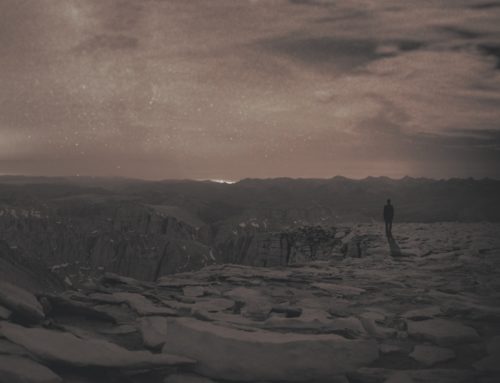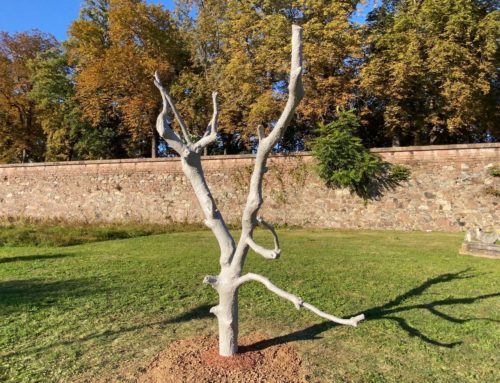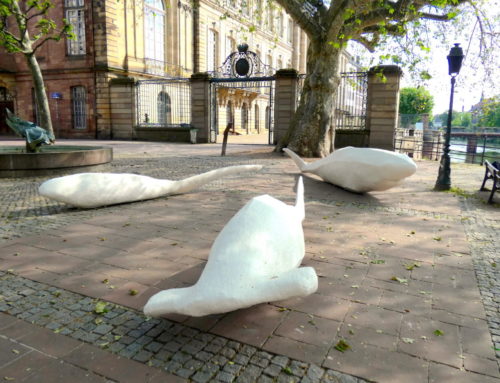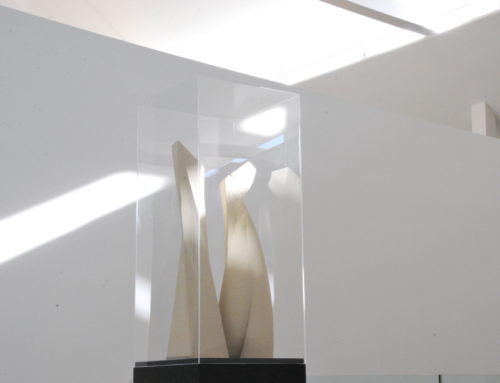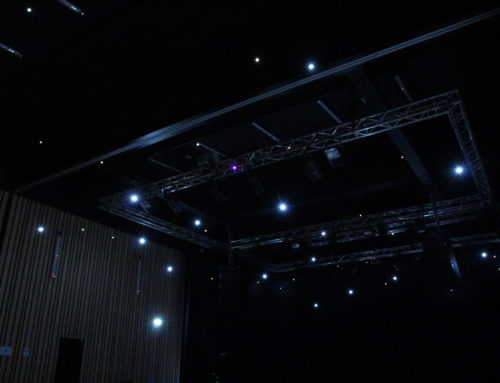Tout lieu possède une identité singulière. Les matériaux, la densité du bâti, sa fonction, son implantation, son histoire lui attribuent des caractéristiques particulières. Il possède donc logiquement une acoustique unique et, comme l’a démontré Alvin Lucier en 1969, des fréquences de résonances qui lui sont propres, mais qui sont difficilement audibles à l’oreille nue.
Pour réaliser sa célèbre pièce I’m sitting in a room, Lucier s’enregistre tandis qu’il lit un texte. Ensuite, il diffuse l’enregistrement dans la pièce tout en ré-enregistrant le résultat sur une autre bande. Il recommence ce procédé un certain nombre de fois. L’effet en est que certaines fréquences sont accentuées par la résonance spécifique de telle ou telle pièce, jusqu’à ce qu’au final les mots de son texte deviennent inintelligibles, remplacés uniquement par la pure résonance des harmoniques de la pièce elle-même. C’est donc ainsi qu’il a pu démontré que chaque lieu possède des fréquences formantes différentes et donc des caractéristiques de résonance uniques.
Inspiré par cette expérience, Gaëtan Gromer a conçu un logiciel pour le projet qui automatise le process et le remet à jour avec, par exemple, l’adjonction d’une modélisation de la réverbération du lieu, grâce aux techniques de convolution inexistantes à l’époque de I’m sitting in a room.
Les bourdons ainsi mis à jour et amplifiés sont en quelque sorte la signature acoustique du bâtiment et se perçoivent alors comme des chants singuliers, reflets dichotomiques d’une réalité à la fois poétique et scientifique.
Le chant des immeubles est un dispositif sonore, prenant la forme d’une application pour smartphone, créé in situ, qui permet d’explorer l’espace public guidé par ces chants. L’utilisateur se promène entre les immeubles et écoute la pièce qui se crée en fonction de ses déplacements. En fait, à l’approche d’un immeuble, ce dernier se met à « chanter » de sa voix singulière. Si l’on est proche de plusieurs immeubles, ils se mettent à chanter en choeur. Les déplacements de l’utilisateur recomposent donc instantanément cette symphonie du bâti. Une expérience inouïe, au sens propre.
Every place has a unique identity. The materials, the density of the building, its function, its location, its history give it particular characteristics. It therefore logically has unique acoustics and, as demonstrated by Alvin Lucier in 1969, resonant frequencies which are specific to it, but which are difficult to hear with the naked ear.
To make his famous play I’m sitting in a room, Lucier registers himself while he reads a text. Then it plays the recording in the room while re-recording the result on another tape. He repeats this process a number of times. The effect is that certain frequencies are accentuated by the specific resonance of this or that piece, until in the end the words of its text become unintelligible, replaced only by the pure resonance of the harmonics of the piece itself . This is how he was able to demonstrate that each place has different forming frequencies and therefore unique resonance characteristics.
Inspired by this experience, Gaëtan Gromer designed software for the project that automates the process and updates it with, for example, the addition of a modeling of the reverberation of the place, thanks to the non-existent convolution techniques. era of I’m sitting in a room.
The drones thus updated and amplified are in a way the acoustic signature of the building and are therefore perceived as singing songs, dichotomous reflections of a reality that is both poetic and scientific.
Le chant des immeubles is a sound device, taking the form of a smartphone application, created in situ, which makes it possible to explore the public space guided by these songs. The user walks between the buildings and listens to the room that is created according to his movements. In fact, when approaching a building, it begins to « sing » in its singular voice. If you are close to several buildings, they start singing in choir. The user’s movements therefore instantly recompose this symphony of the frame. An incredible experience, literally.

